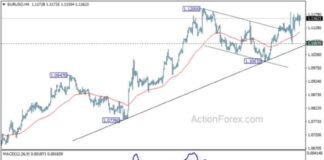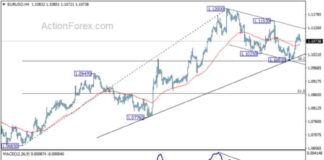Consumer sentiment surveys have recently revealed that despite the economy’s strength, many individuals are not feeling that same level of strength in their personal financial situations. The Conference Board’s Consumer Confidence Index and the Michigan Consumer Sentiment Index have shown that people are struggling with issues such as inflation, high interest rates, and concerns about job security.
The upcoming release of the consumer sentiment index, which has seen a decline for the fourth consecutive month in July, is eagerly awaited and is scheduled for Friday. Additionally, the next consumer confidence reading is set to be released on August 27.
Oren Klachkin, a financial market economist at Nationwide, shared insights on these surveys and their implications for the economy. He highlighted the differences between consumer sentiment and consumer confidence, with sentiment being more sensitive to inflation and confidence being more influenced by the labor market.
Klachkin pointed out that the current environment of high inflation and interest rates is causing consumers to rethink their spending habits. As the labor market softens, income growth may not be able to offset the impact of rising prices and interest rates. Consumers are likely to cut back on big-ticket purchases and discretionary spending as a result.
The economist emphasized the importance of monitoring the gap between current conditions and future expectations, as it can serve as a leading indicator for the overall economy. While consumer sentiment and confidence data provide valuable insights into spending intentions, it is essential to consider other economic indicators such as the jobs report, inflation, and interest rates for a comprehensive view of the economy.
In conclusion, while consumer sentiment surveys offer valuable insights into consumer behavior, they must be considered alongside real economic data to understand the full picture. Despite negative consumer perceptions, actual spending patterns may not always align with sentiment, as seen in the aftermath of the pandemic. Therefore, a holistic approach that considers both consumer attitudes and tangible economic factors is necessary for a thorough analysis of the economy.

















